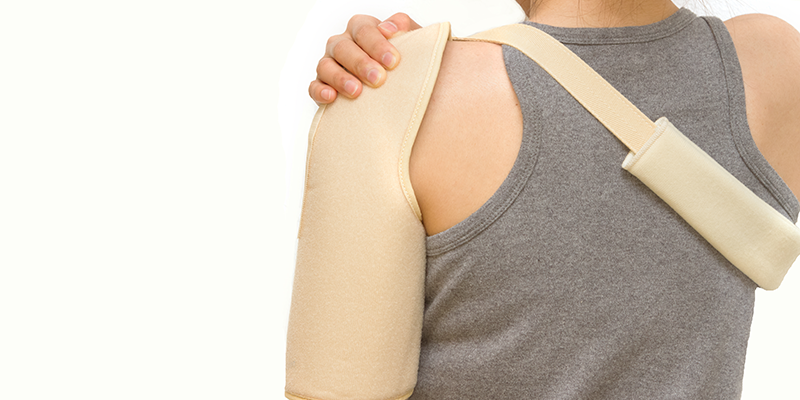
Preparing for surgery is never easy and may seem overwhelming at times. Knowing what to expect may make it easier and less stressful. It is important to remember that not everyone’s experience with surgery will be identical and a lot of factors are based on what each specific person needs. The fitting process for orthopedic equipment is generally simple and stress-free.
There are four steps when it comes to fitting orthopedic equipment - the order and steps may change depending on the individual and the schedule of surgery may affect the fitting process as well.
1. Evaluation
- An evaluation may look different for everyone but generally your surgeon and doctors will evaluate your situation and make the best decision for you. Decisions will be made based off what you will benefit from most. They will decide if using a support, brace or another type of orthotic device would work best for you after surgery.
- Most surgeons are working closely with an orthotist to assist with choosing the right device for you that will provide adequate support and help the healing process.
2. Measurements
- If you are being fitted for custom orthopedic devices, then they will need to take measurements of the affected area to make sure that your device is the right fit for you. Often a scanning system is used to get exact measurements.
3. Fabrication
- Your measurements and order will then be sent to a facility where the device is fabricated, and the final product is produced.
4. Delivery
- Once your orthopedic device is received, your doctor may double check to make sure it fits properly and is able to perform the function it was supposed to do. The schedule of your surgery will determine when you receive and need to start utilizing your device.
- Your doctor will most likely provide you with a schedule of how often and what times you need to be wearing the device.
Along with orthopedic devices being used after surgery, they might need to be used before surgery to prevent further injury or damage. The process for fitting a device to be used before surgery is close to the same process as after-surgery devices. It is important to listen to your surgeon and wear the device when it is recommended to prevent making the injury worse before surgery.
Overall, fitting an orthopedic device before and after surgery is generally simple and painless. Many devices are available to help provide support, prevent further injury and assist in the healing process. If you are interested in finding more information on orthopedic devices, check out our website!
Health Mobility Orthopedic Equipment
August 13, 2022 by ThedaCare At Home

